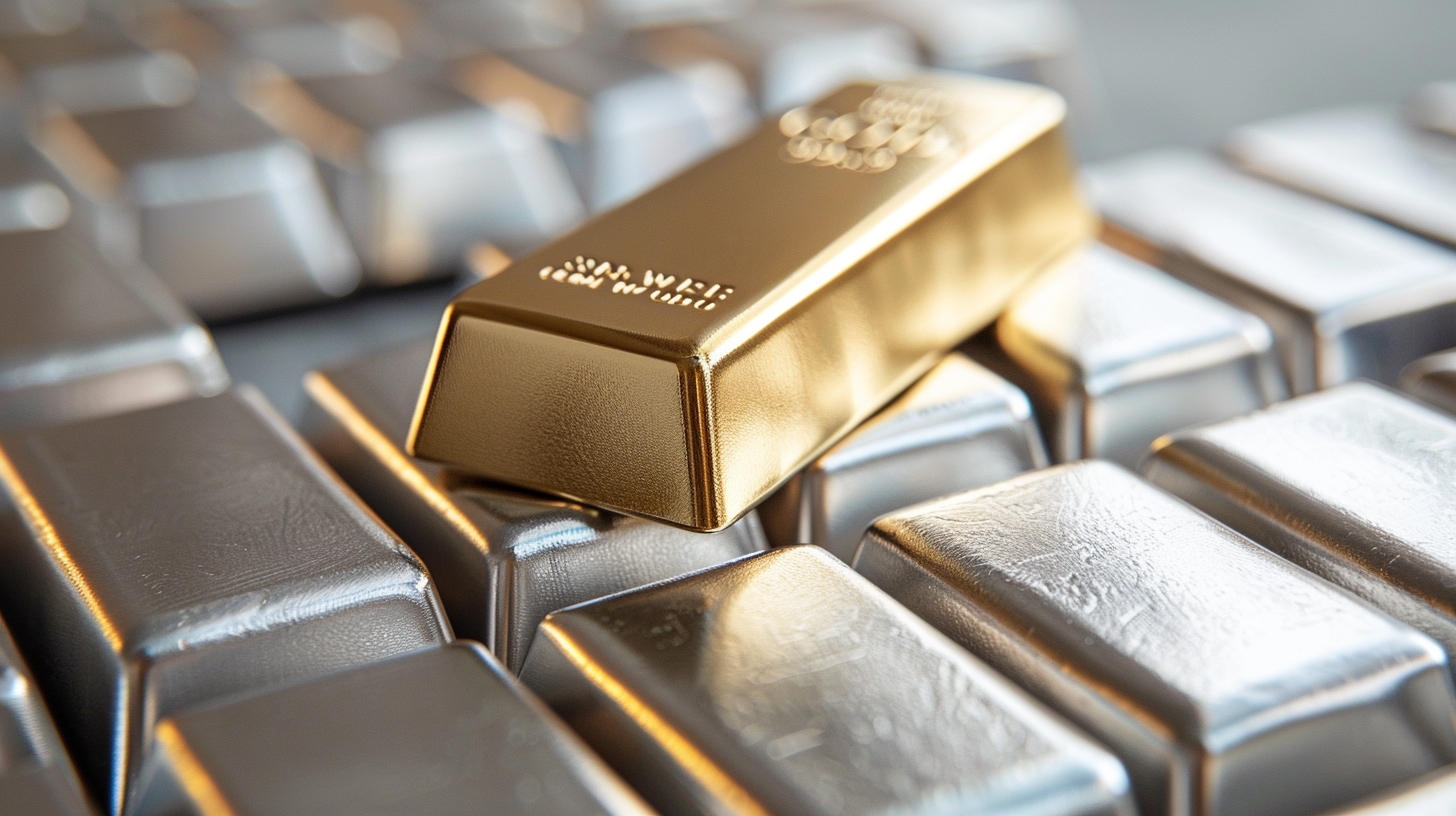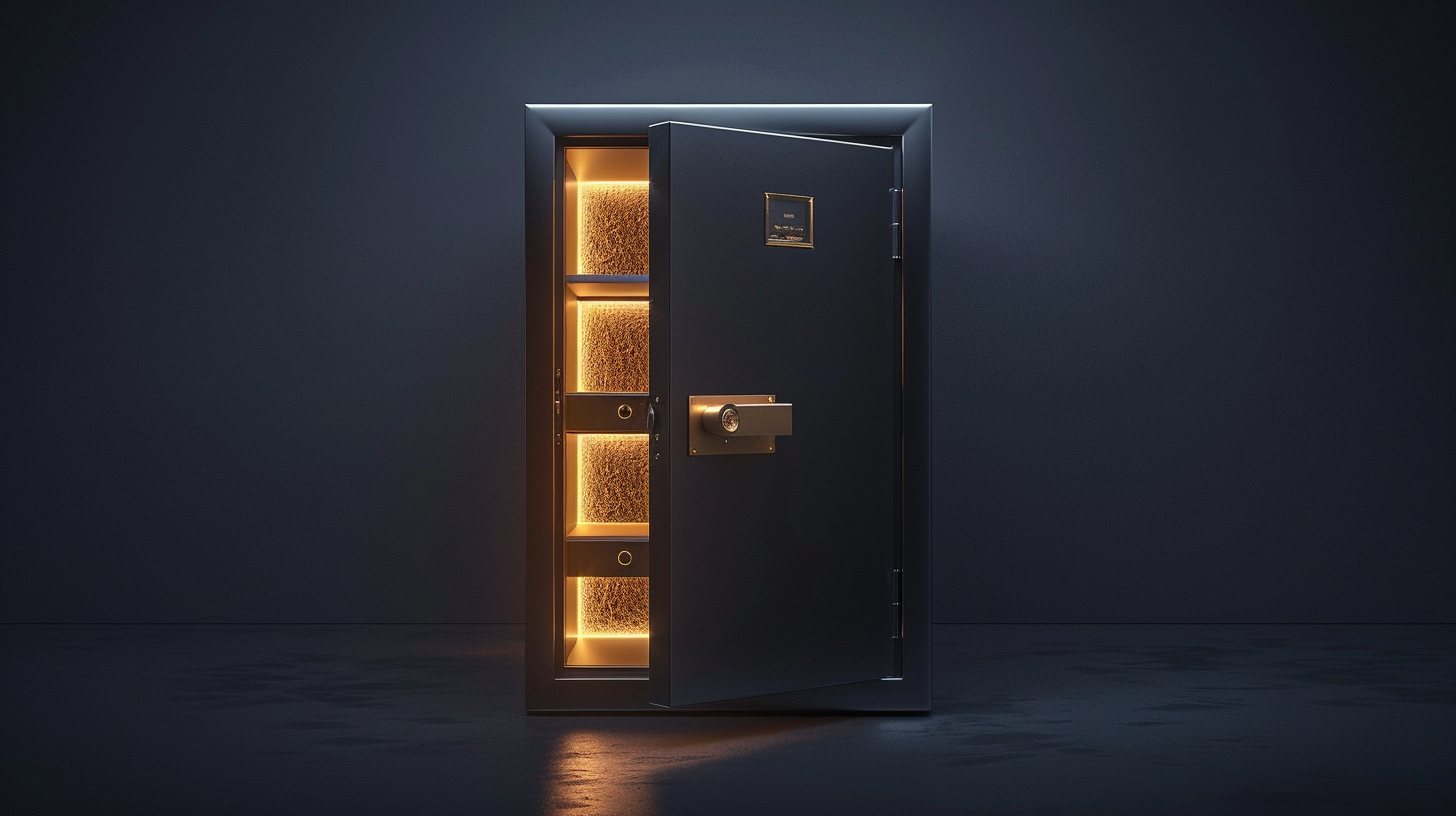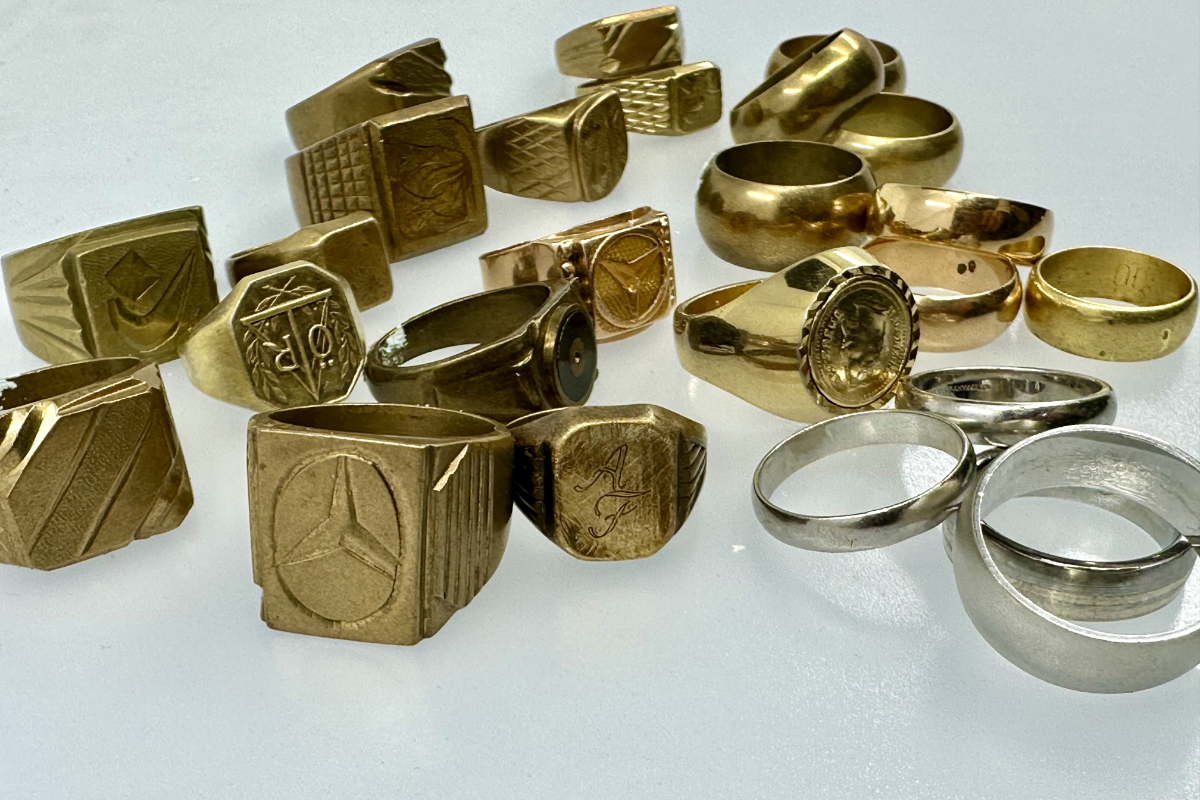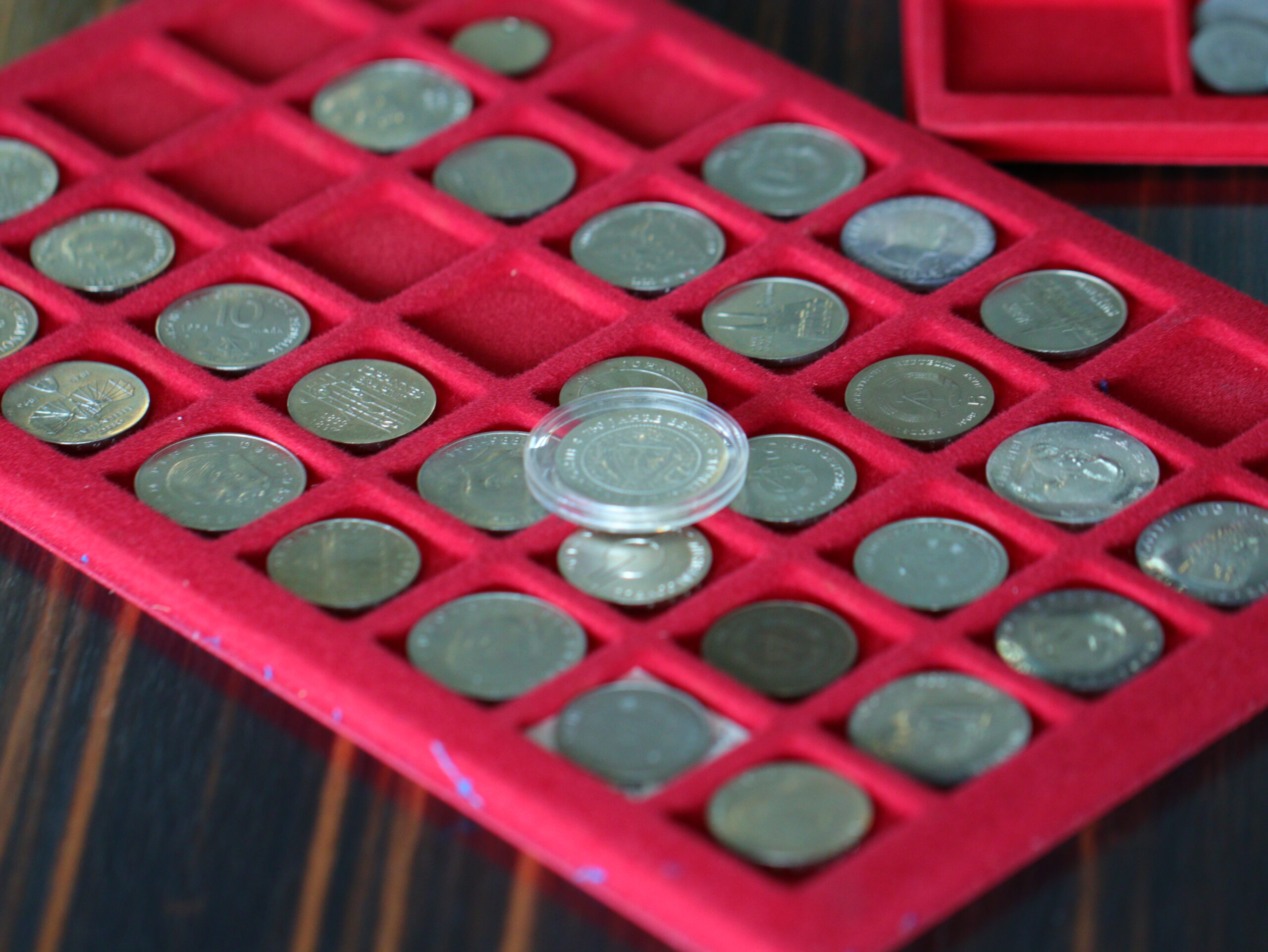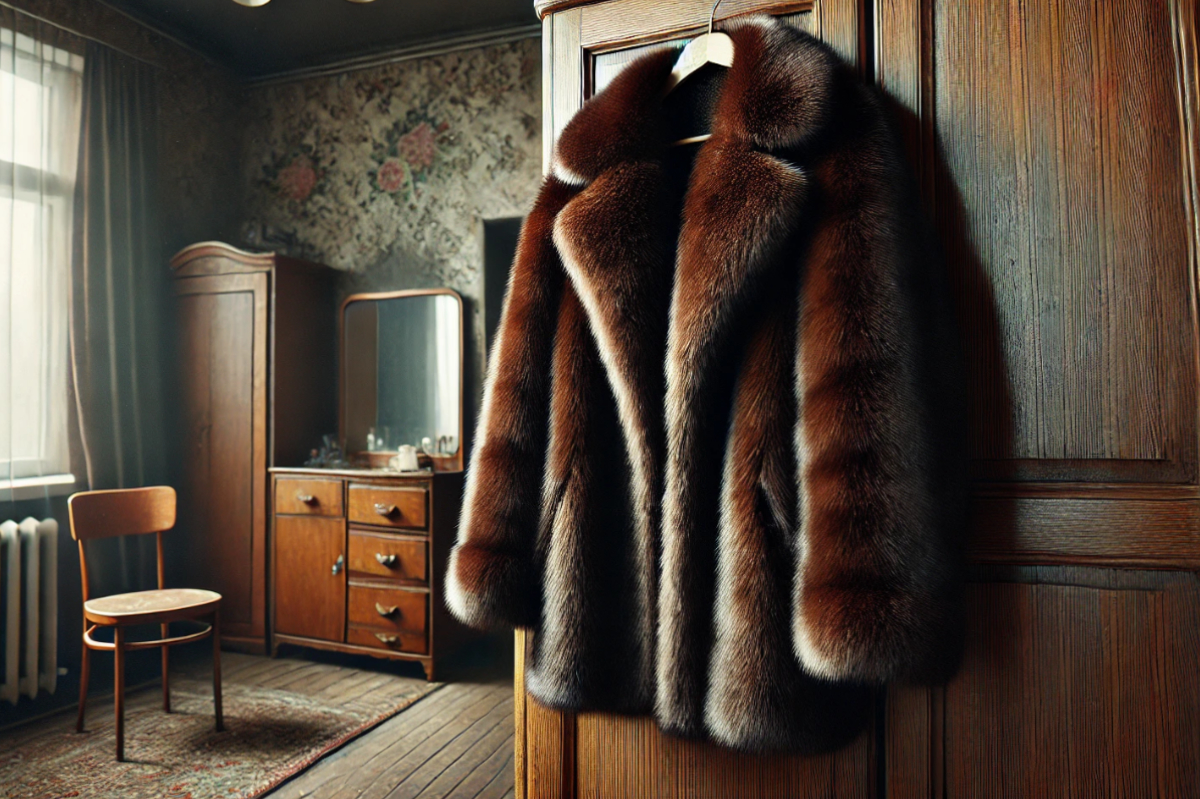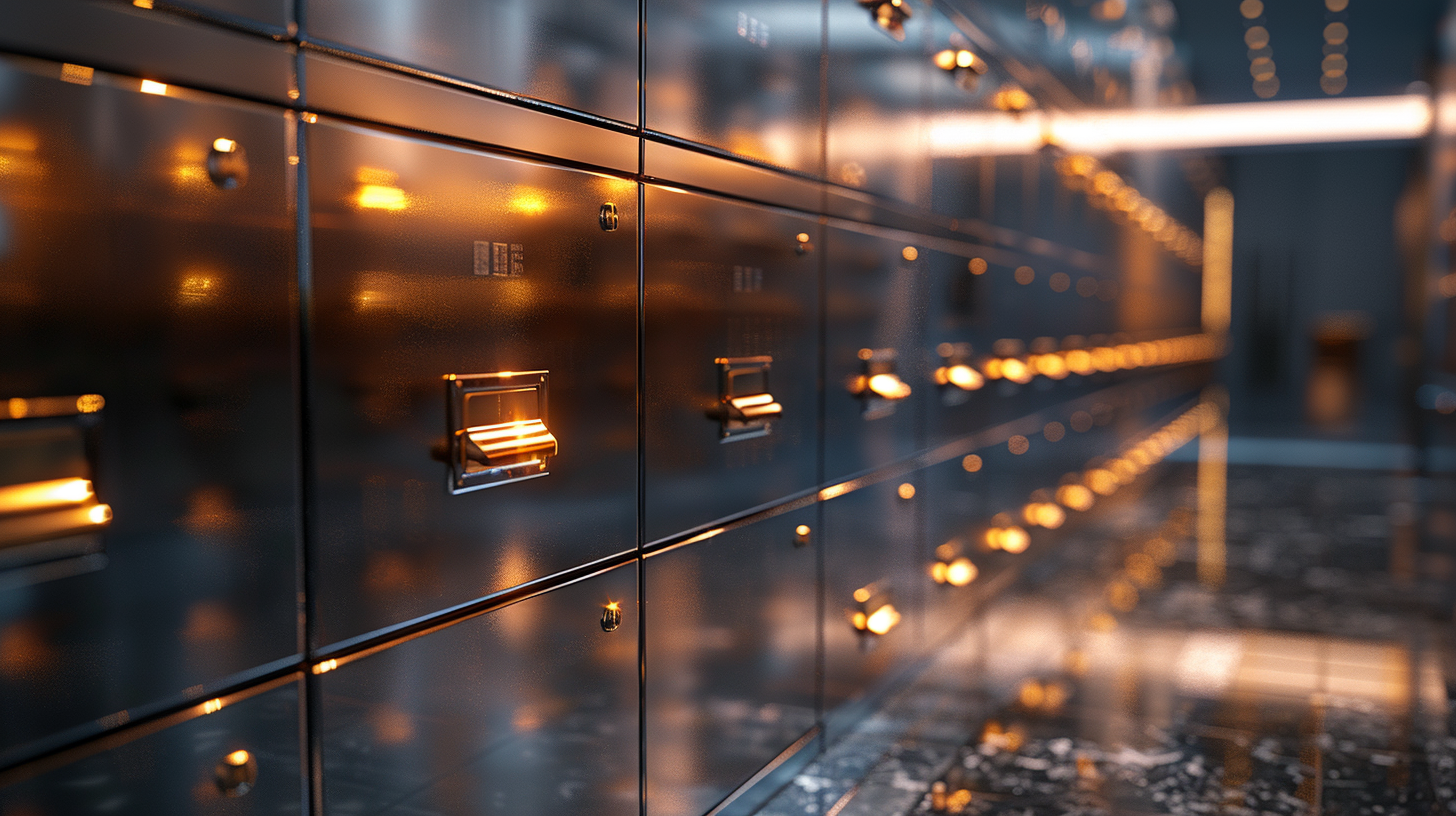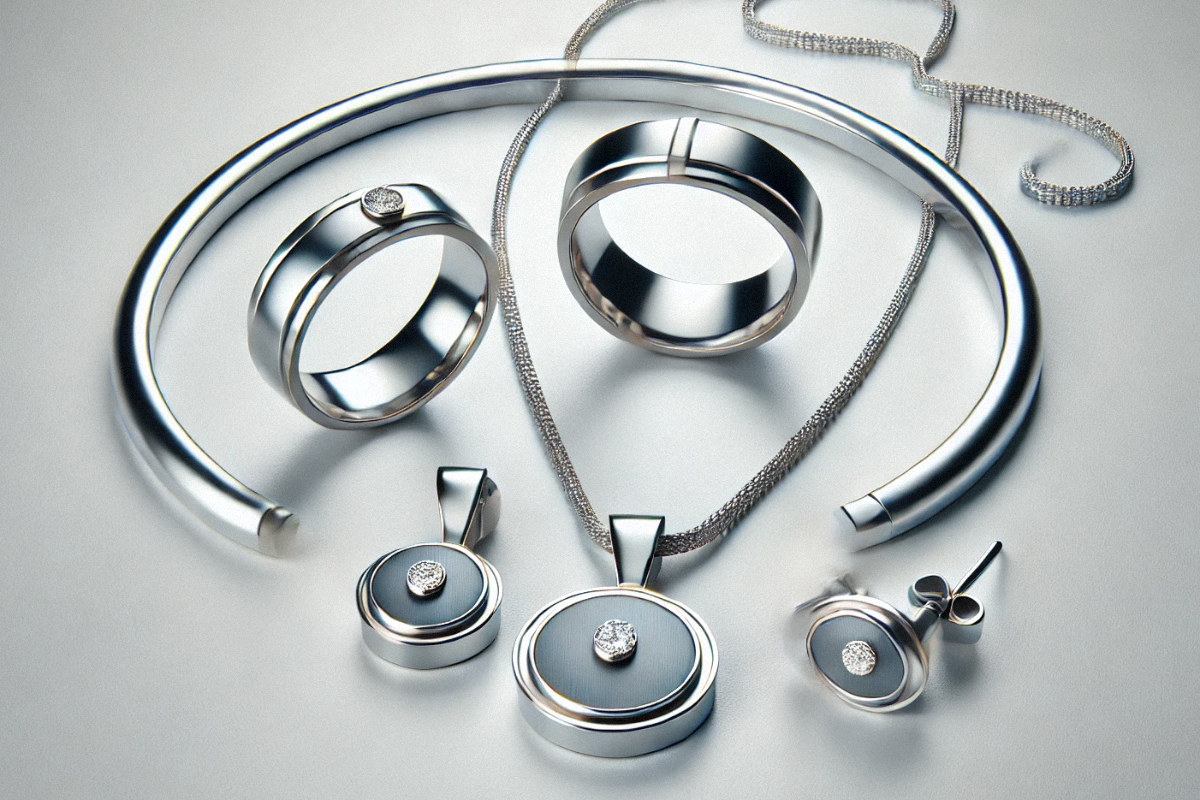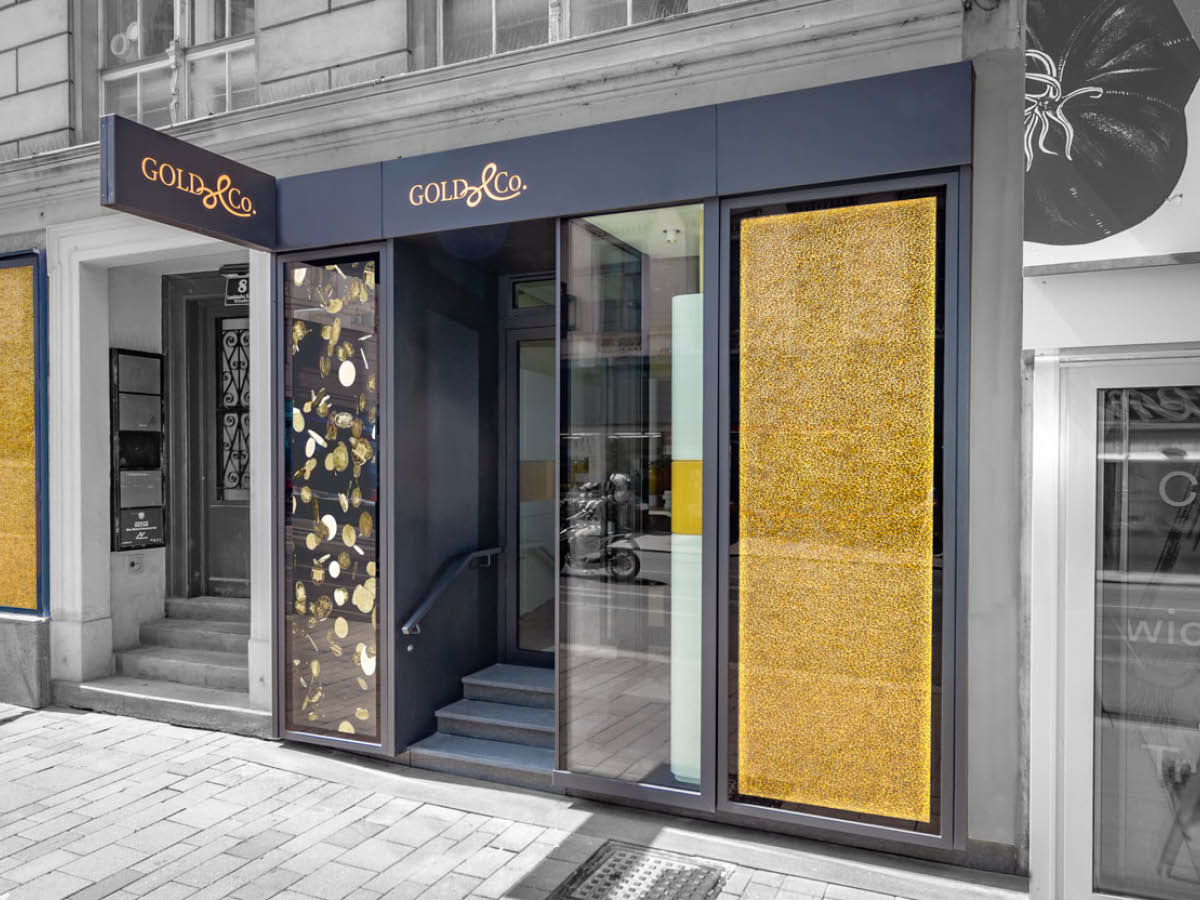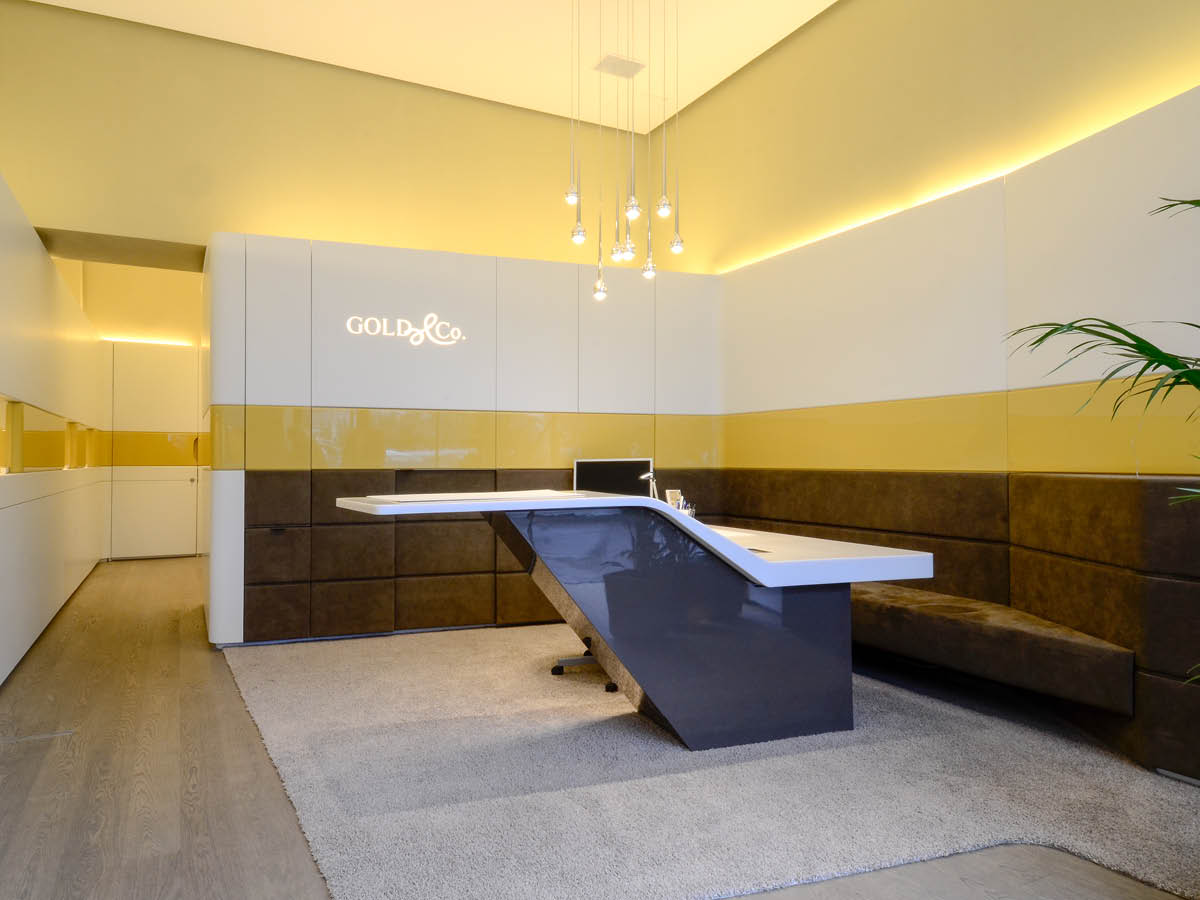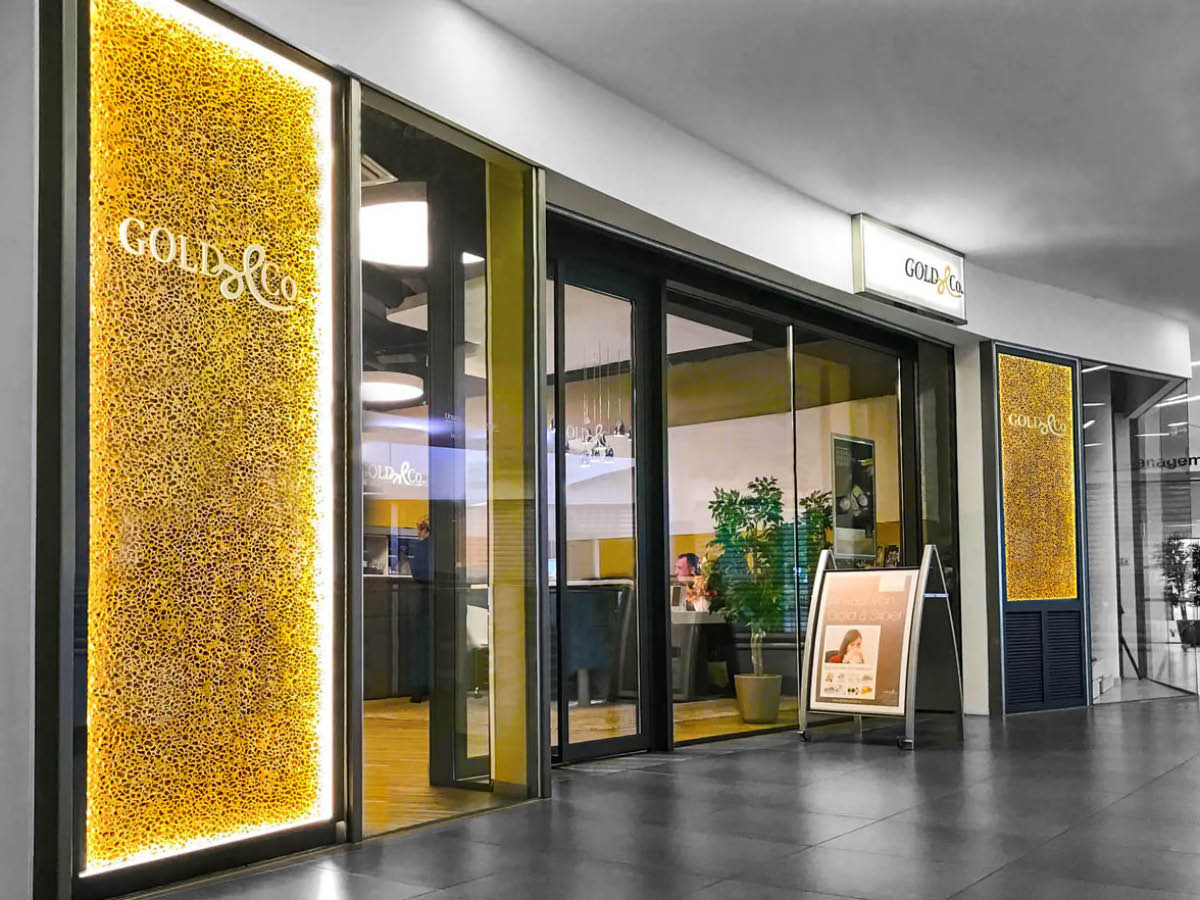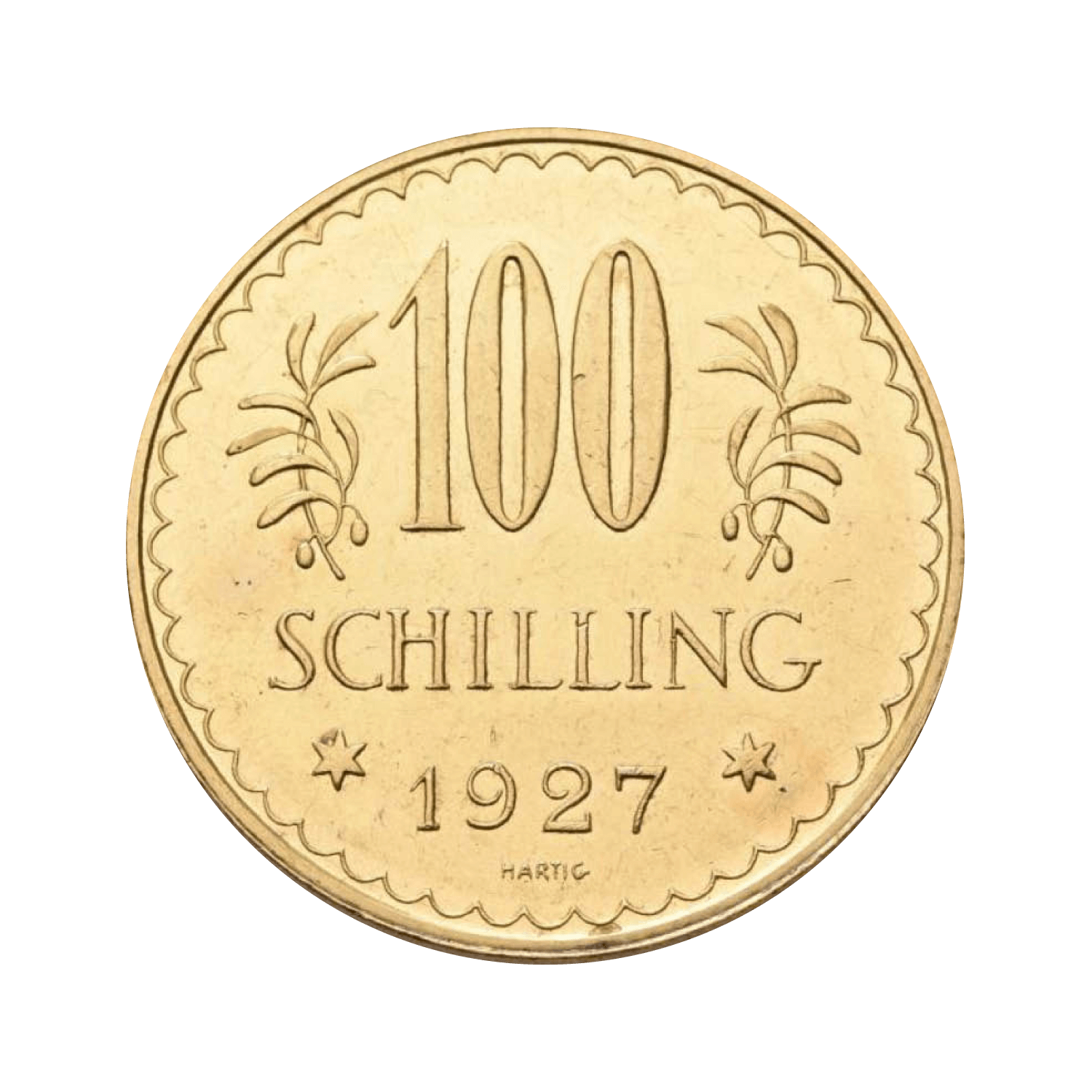
What is my coin worth?
As nominal goods, coins issued by central banks and state mints as legal tender usually have a nominal value stamped on them. This nominal value is the amount that indicates the legally prescribed monetary value of a means of payment in business transactions. Theoretically, this nominal value is also always a claim against the issuing central bank.
The €1 coin has 1 euro written on it, so in daily payment transactions this coin has the equivalent value of one euro.
However, the value of coins that do not change hands in everyday transactions - like ordinary euro coins - can differ significantly from the minted value. For example, coins may be of interest to collectors, or the metal value of the coins may be significantly higher than the face value. And with some coins, you have to look very carefully if you want to sell or exchange them.
Historical collector coins
In the case of historical coins, the nominal value printed on them is meaningless today. It is difficult to calculate the equivalent value of a hundred-year-old 10 Kreuzer piece today. Other coins, such as thalers of the imperial coinage order, were even minted without an explicit face value.
However, old coins can also be coveted by collectors and numismatists, even if they are not made of gold or silver. Rarity, degree of preservation and the history of a coin determine how much it is "worth" to collectors and therefore what price it fetches on the market.
Bullion coins
With classic bullion coins for investors, on the other hand, it is the pure material value that counts. The price at which you can buy and sell a pure gold coin is based on the current gold price worldwide.
Many classic bullion coins, such as the South African Krugerrand - which is nevertheless legal tender - do not have a face value stamped on them at all, but only the weight in ounces.
Other bullion coins, such as the Golden Philharmonic or the Canadian Maple Leaf coins, have a nominal value in addition to their weight and gold content, but the material value is many times higher.
The gold value for 1 ounce of fine gold (999.9) naturally far exceeds the nominal value of the 50 Canadian dollars minted on the Maple Leaf or the 100 euros on the Golden Philharmonic.
If both nominal & material value are interesting
With certain coins, however, you should always keep an eye on both values. For example, it may be better to sell old coins that are not of interest to collectors at the nominal value of the Austrian National Bank than to sell them to precious metal dealers at their material value.
For others, it is better not to sell them at face value at the National Bank, as the value of the material is higher.
A good example of such coins are old Austrian silver shillings:
A silver shilling with a face value of ATS 500 consists of 64% silver, the remaining 36% is copper. This means that with a rough weight of 24g, 15.36g of this is pure silver (fine weight). At the current silver price, we can therefore pay around 7 euros for the coin. However, at a fixed exchange rate of 13.7603 schillings = 1 euro, you can get a good 36 euros for the same coin at the National Bank.
For the small silver coins with denominations of 2, 5, 10, 25 and 50 as well as 50 schillings, on the other hand, you can get up to over 100% more when selling them at their material value at the current silver exchange rate than when exchanging them at the ÖNB. For silver shillings with denominations of 100 and 500 schillings, on the other hand, you get more at the National Bank than we can pay for the silver at Gold & Co.
Any reputable buyer should always point this out to you. You can find out which coins are better to take to the National Bank in our store! The Nationalbank is only about a 10-minute walk from the Gold & Co Branch in the 9th district. Have your coins checked by us and then go directly to the ÖNB with the coins that are better exchanged at face value. There you may also be able to take a look at the Money Museum and pick up a 400oz bar from the Austrian gold reserves.

